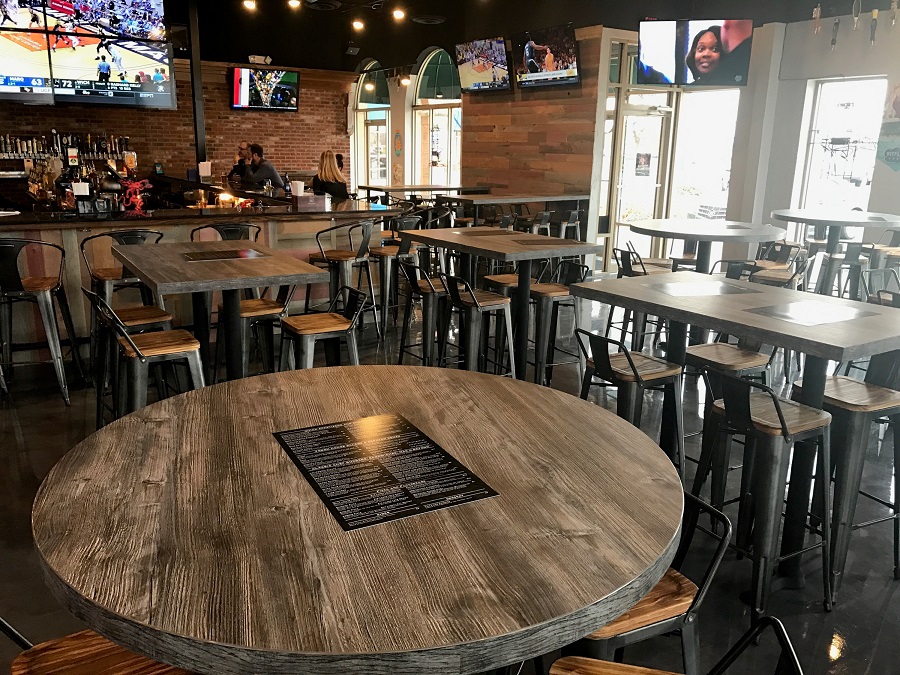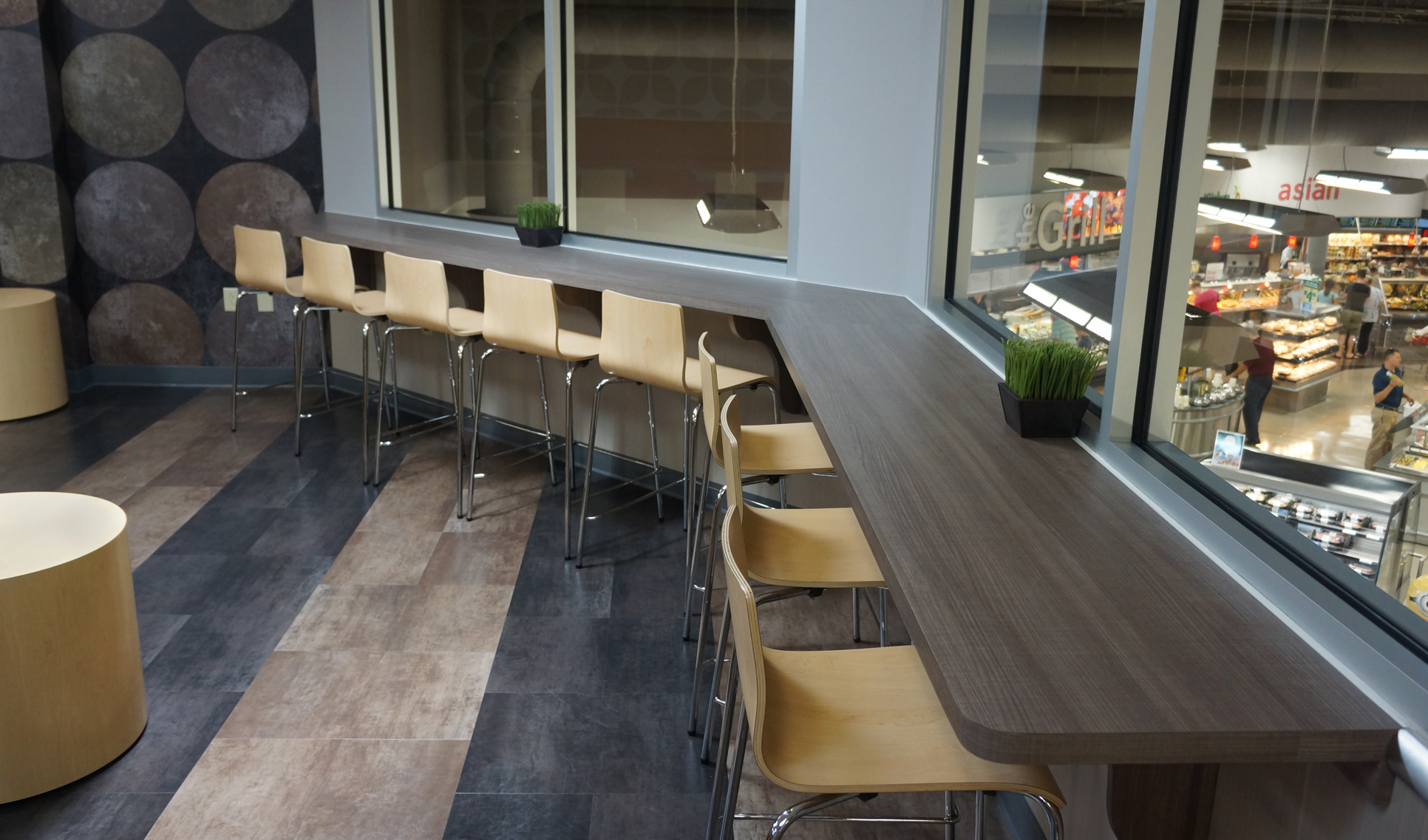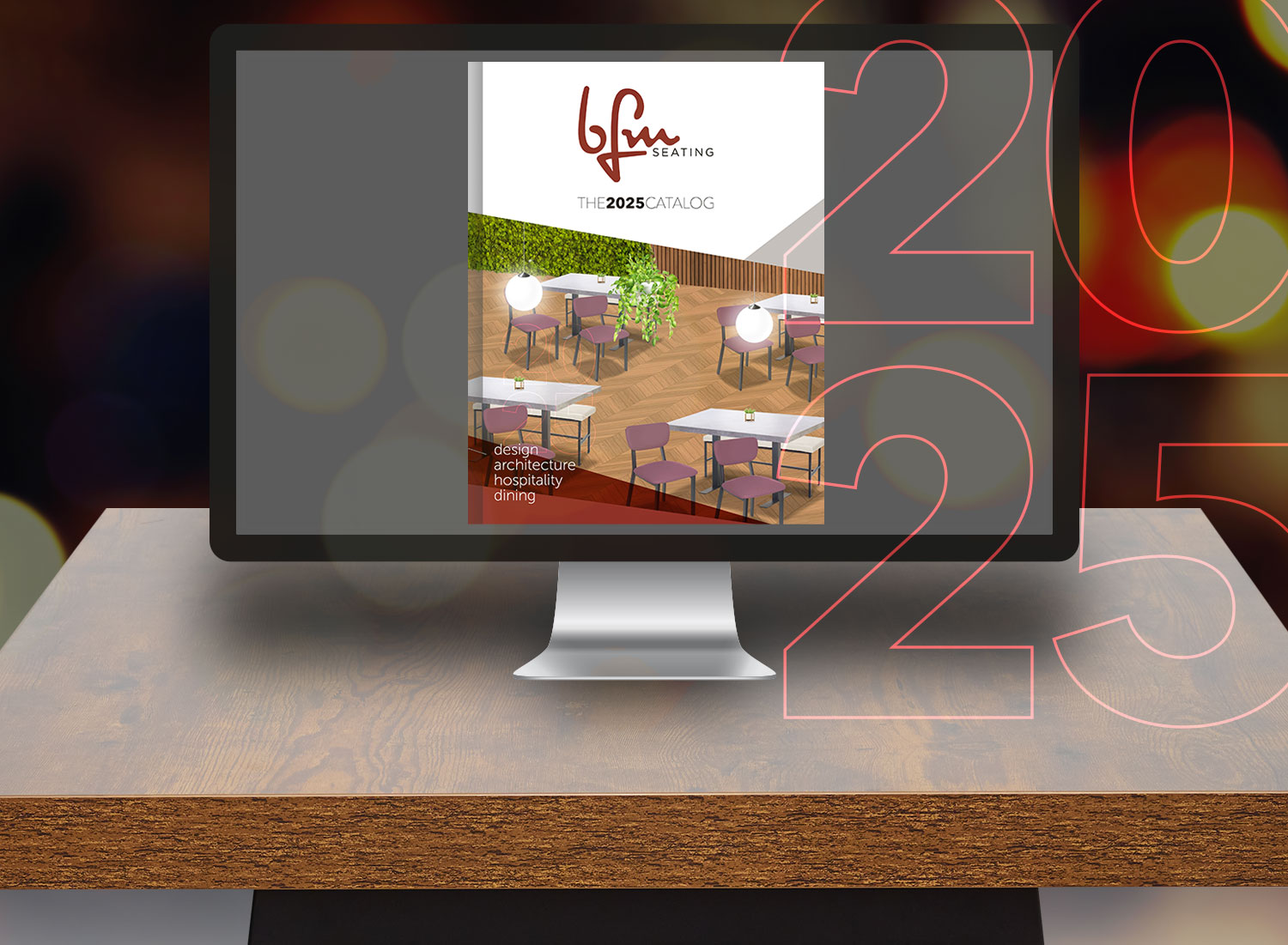
Care and Cleaning Tips to Ensure Your Restaurant’s Seating and Tables Stay in Good Condition.
Just as it is best to specify and use commercial grade equipment, the same holds true for the restaurant seating and tables you use. And just as it is necessary to regularly clean, sanitize, and inspect equipment, the same goes for your furniture.
The comfort and condition of a restaurant’s seating and tables directly impact – both good and bad – a patrons dining experience. The restaurant furniture needs to be clean, safe, comfortable, and visually appealing.
Here are a few helpful tips to get you started:
CHECK, TIGHTEN, AND TEST
Dining and bar tables should be tested daily to insure they don’t wobble.
Table bases should be checked for missing glides and the base’s hardware should be tight and secure.
Inspect tables tops for cracks or splits that could potentially be a home for unsanitary food. Table top imperfections could also present a hazard to patrons as it could injure their arms or hands.
For wood chairs and barstools, a monthly inspection of the screws and hardware should be made, and any loose items should be tightened. Joints and the frames should be checked for cracks that might cause a piece to fail. Vinyl seats that are torn or cracked should be replace.
On metal chairs, just like wood seating, joints should be checked regularly for integrity.
For all seating products, check that all the glides on the bottom of the legs are intact and in good condition and that vinyl and wood seats are not damaged.
CAREFULLY CLEAN AND SANITIZE
Clean and sanitize your tables and chairs regularly. Furthermore, make sure the chemical agents that are being used on table surfaces will not damage the finish over time.

ATTENTION TO DETAIL PAYS OFF
The condition and comfort of a restaurant’s furniture says a lot about it and the people who run it. Taking added effort to maintain your furniture is easy and very worthwhile for a restaurant’s reputation.
Bon appétit!
For questions regarding the best way to care and clean your BFM Seating furniture, please don’t hesitate to give us a call at 215-289-5411.

